Fishing apps have a potential new role: assessing fish stocks through digital crowdsourcing
Let’s face it, fishing regulations can be confusing sometimes. The laws our governmental fishery managers write determine how many fish we can legally catch, when we can catch them, and how big or small the fish have to be. Like a lot of you, I keep up with these rules as best I can, even though they change year-to-year and state-by-state.
Fortunately, there are apps (I have several on my phone) on my smartphone that help me see up-to-date regulations that will help me avoid an expensive ticket from a fish and wildlife officer. If you think the laws and regulations can be bewildering, think about how complex it is for management agencies — both federal and state — to come up with the vast sets of rules in the first place. Before they write the laws, they have to determine how many fish of each species are swimming around. This is known as Fish Stock Assessments. Scientists who work for the management agencies try to figure out if the population of fish is growing, depleting or staying in balance. This requires lots of research, and agencies like the National Oceanic and Atmospheric Administration (NOAA) have developed lots of ways for assessing different fish stocks.

Traditionally, agencies like NOAA conduct their own stock assessments and then make the rules we have to follow based on what they learn. However, the growing popularity of mobile digital apps in fishing has opened the doors to new approaches for gathering information about stock assessments. Like a lot of other things in our daily lives, mobile apps can now provide information that might be useful to the agencies that monitor fish stocks. Citizen science and crowdsourcing have the potential to provide agencies with a lot of information they might not otherwise discover. It’s a new idea but using crowd-sourced information has the potential to really help agencies like NOAA in keeping up with changes in fish stocks.


Many of the new fishing apps that anglers use include social media and networking features that let anglers share and boast about the fish they catch. Anglers can tell others what fish they caught, where they caught the fish, and what bait and gear they used. They also can upload pictures of their fish. All of that information can be useful for fish stock assessments. One company — FishAngler App — is hoping their app will do just that: help management agencies get a better picture of how many fish are out there so the agencies will have detailed information when making new laws and regulations.
In “The Bite” segment of the Spring/Summer 2021 issue of Guy Harvey Magazine, Emily Roden reported about the partnership between Guy Harvey Ocean Foundation and FishAngler, an app that provides anglers with a lot of great information about fish species, tackle, fishing spots and just about everything you might want to know about fishing. Because it has so much information, it’s a great app for new anglers and crusty old fishermen. The FishAngler app lets users interact with one another like they would on other social media apps, but it’s only about fishing. FishAngler has more than 2 million registered users worldwide, so there are a lot of people uploading a lot of useful information to the application.
FishAngler developers Tom and Jane Wye hope that all of the information users are uploading to the app will be useful to how agencies do stock assessments. They see FishAngler as being able to provide information that can be useful for making fishing regulations and also useful for how agencies and anglers think about conservation.
There are a lot of reasons why the kinds of crowd-sourced information that FishAngler anonymously gathers and provides can be useful for thinking about stock assessment. Crowd-sourced data can enhance the information that management agencies gather on their own. This is particularly helpful because FishAngler’s users see fish from a lot of bodies of water that the agencies never look at. According to Tom Wye, there are 7,728,610 bodies of water in the U.S., but only about 271,882 of those have official names and are recognized by the official agencies. So there are many bodies of water where people fish — like small private ponds or creeks — that never get counted in stock assessments. Using the anonymously sourced information that FishAngler’s users provide about those bodies of water can help the agencies see a broader picture of how many fish are really out there.


Similarly, collectively, FishAngler users have posted information about more than a million fish that have been caught. Their database includes over 33,000 unique species of fish. That means that each time an angler anonymously posts information about a catch, they are adding information to what we know about that fish, where that fish lives and how to catch that fish. Taking all of the logged catches together, that’s a lot of new information about fish. This also lets the people who count fish for stock assessment get more accurate counts.
While regulating agencies are not yet using FishAngler to help with stock assessment, the app is gathering lots of important and useful information. The Wyes are eager to work with researchers to put FishAngler’s information to work in support of conservation and management efforts. Clearly, the kind of crowd-sourced information FishAngler can provide is important, and the role of platforms like FishAngler appear to be critical to what comes next for stock assessment and management practices.




